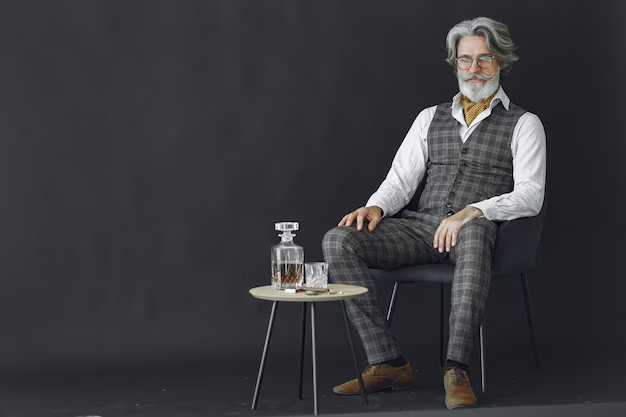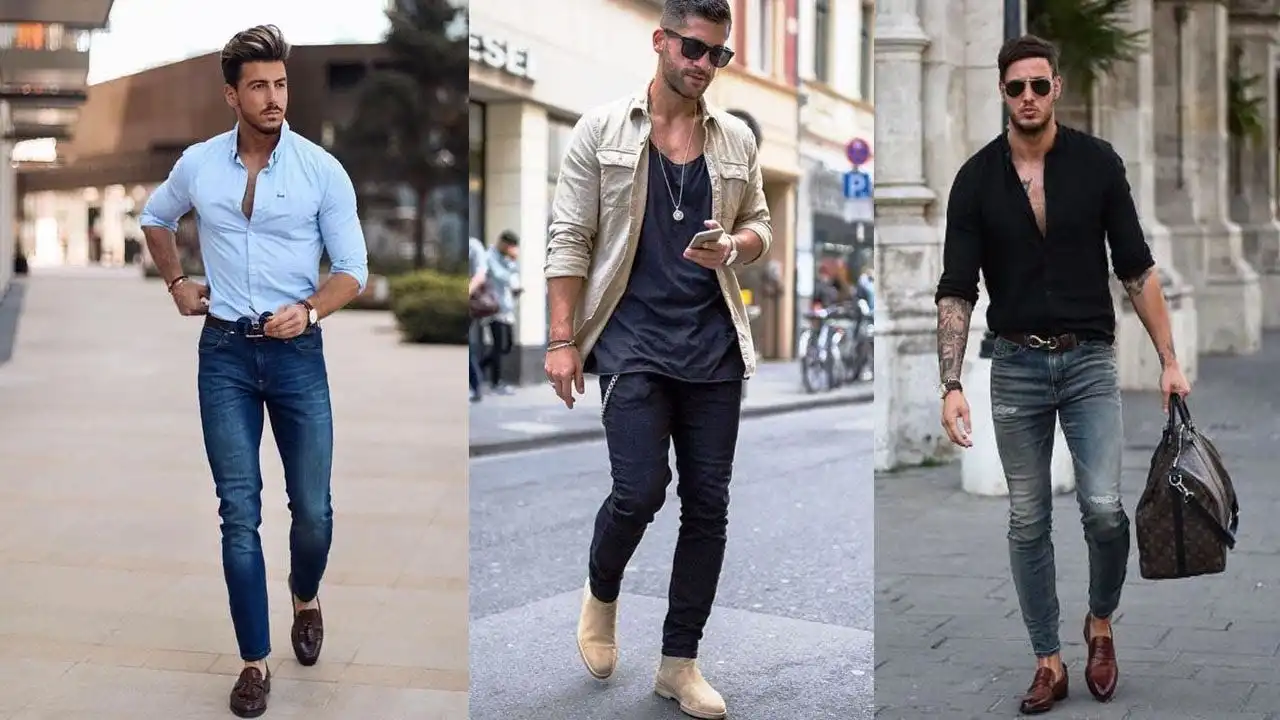Timberland offers some of the world’s most popular unstudied boots. But, with their popularity, it raises the question: Are they really worth it?
History of Timberland
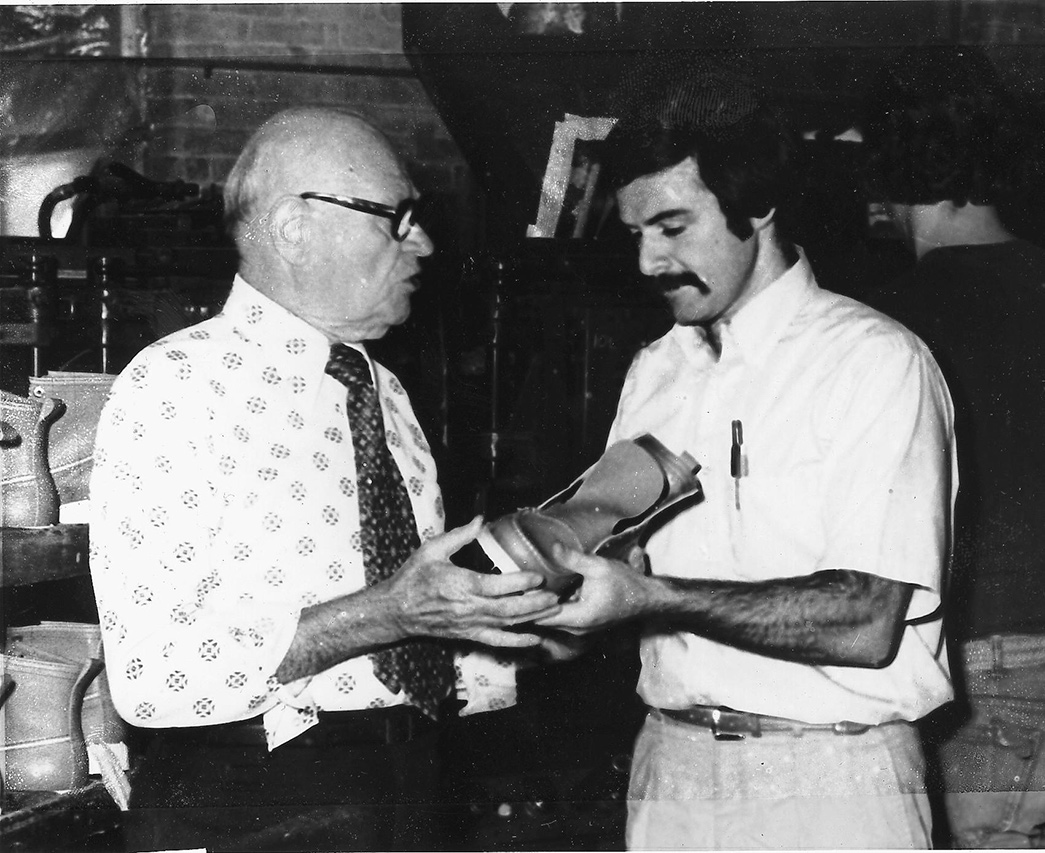
Timberland’s history begins in 1952, when its founder, Nathan Schwarz, bought a 50% stake in a visitor then known as the Abington Shoe Company. He then turned the visitor into a private family merchantry and relocated to New Market, New Hampshire, though the employee headquarters now reside in Stratham. The zone is well known for its outdoorsman lifestyle and somewhat temperamental weather, stuff similar in climate to Maine, home of the LL Bean Duck Boot.
Abington Visitor boots were originally intended to be durable outdoor footwear that could be stylish while still rememberable the elements of an outdoorsman’s lifestyle. In 1973, the visitor released its iconic, yellow, waterproof boots under the model name “Timberland.” It quickly became a hit with outdoorsmen and tradesmen alike; so much so the visitor rebranded to just “Timberland.”
Yellow Boots
These boots were originally widely wonted by factory workers and construction workers as working-class boots. However, Schwartz thought the sleek styling would request to higher-end clientele as increasingly of a malleate staple in the luxury space. The boots were marketed in the New Yorker magazine and New York City’s Saks 5th Avenue, soon making them a symbol of relaxed luxury.
These boots reached mainstream success when Biggy Smalls mentioned them and his hit single “Hypnotize” in 1997. We tend to wear Timberlands increasingly often than the Coogie sweater trend he moreover popularized, so everyone became hypnotized by their streetwear appeal. So much so that the New York Times reported flight attendants would buy them in zillion and then sell them in Milan at double the price.
Timbs for My Hooligans in Brooklyn
They were later permanently featured on shows like “One Tree Hill.” Soon, other celebrities like Jay-Z, Nas, Kanye West, Mark Walberg, and Rihanna unexplored the marching within their malleate trends and are expressly popular among hip-hop communities, and they’ve remained a streetwear staple since.
Timberland’s Ethos
Timberland markets itself as the tough and unspoiled trademark that makes hard-wearing boots with an outdoorsy request but urban unbearable diamond that they won’t squint out of place when not worn hiking. They’re increasingly often known for their stylish looks nowadays than their very practicality, meaning that they’re closer to a malleate marching than their working marching origins.
Timberland boots are known for their malleate element increasingly than their practicality these days.
The company’s ethos focuses on sustainability and positive change. This is washed-up through humanitarian work when addressing the public. For example, they use recycled plastic bottles to make the soles of some of their footwear. They moreover focus on donating to tree planting causes in needed areas through polity service and giving when to tradesmen through scholarships, making them a very environmentally conscious visitor working toward a greener world.
Timberland is moreover increasingly worn as a lifestyle brand, unlike Redwing, which is largely intended as a work boot. It seems like increasingly of an stimulating choice, making them increasingly desirable and aspirational to those who want to emulate the image they crafted during the 90s.
Streetwear Looks Featuring Timberland Boots.

Timberlands have moreover gained recognition on the global scale as an international import brand. They have a reputation as something of a luxury and a flex item in both Europe and Asia, with their popularity stuff expressly prevalent in the UK and Japan. This is probably due to the number of American idealism endorsements they get, making them a sought-after piece for those looking to emulate the look.
Their stimulating will mostly cater to trade workers, outdoor enthusiasts, fans of hip-hop aesthetics, creative hipster types, streetwear enthusiasts, and urban tony stylists. That stuff said, it’s no surprise that these boots will have limited sufficiency within Archetype Style as it’s an extremely unstudied boot, meaning that it’s probably not a unconfined option for your suits or sport coats. However, that’s not to say that you can’t wear them in a archetype manner.
Timberlands can be worn in unstudied outfits that are still part of Archetype Style!
They’ll be most at home with denim and flannel shirts but can moreover work with timeless archetype items like leather jackets, denim jackets, chinos, or plane suede jackets. But there’s no denying that they’ll be most at home if you’re cultivating a streetwear or urban style.
Timberland Marching Lines
This is the company’s flagship product. Its most iconic features are the nubuck leather upper and leather strip virtually the padded collar of the heel. The leather has been waterproofed and insulated and features a natural rubber lug outsole.
The most disappointing full-length is that these boots are glue welted, instead of Goodyear-welted, meaning they likely have a lifespan of four to five years with regular use, unlike a Goodyear counterpart that can last 20 plus years when the sole is reverted out without heavy use, and the upper is unceasingly cared for. Ironically, this goes versus Timberland’s sustainability ethos, as the boots will have to be replaced increasingly commonly and use increasingly materials over time.
Myth or Magic: Are Goodyear Welted Dress Shoes Overrated?
The most iconic verisimilitude is the visionless wheat or yellow style boot. Ironically, this coloring does show increasingly dirt on them when worn for outdoorsman activities. They moreover come in black, gray, and increasingly unusual colors like purple.
Available in sizes 6 to 18 in the USA with narrow, medium, and wide widths, they are listed as fitting true to size. The Premium Style is virtually $210, but often goes on sale for $150, a fairly hefty price tag for a increasingly fashion-oriented boot.
This style is increasingly of a hybrid between a sneaker and a boot, featuring an outsole increasingly in line with the tennis shoe. They still full-length the nubuck upper of their mainline counterparts and come in at $150.
The Redwood line features a thinner outsole; it is increasingly in line with stuff worn in an urban environment, making it a increasingly streetwear-friendly version of the boot, and it comes in at $145.
The marching looks unconfined in person. I really enjoy the finger of the leather; doesn’t finger overly heavy or too light and thin. It feels like a unconfined weight. The quality of the material seems great. I really like the finger of the leather overdue the ankle. It’s very comfortable, but I don’t finger like I’m touching or feeling a unseemly kind of plastic-looking boot. It definitely feels like there is some good-quality material in use here.
The sole does squint sturdy, and it definitely doesn’t finger like we’re going to have everyone slipping or falling too easily. It’s got a unconfined structure and a good thickness to it, so you should have a pretty easy time walking virtually and functioning through variegated weather conditions as well.
Personally, finger like these boots would hold up for a lot of variegated wears. I think it all depends on the person and what they do in their day-to-day life, of course, but I definitely finger like touching it, feeling it, putting it on, that these are going to last you a healthy value of time.
The initial wits when putting on the boots is quite comfortable, but it certainly feels like I might need to unravel them in a little bit. I have slightly wider feet, but I could handle this regular width just fine, and I think, without breaking them in and wearing them with some thicker socks, it’s totally going to be fine. It is very well-appointed for multiple wears over time. I don’t necessarily finger like the marching is running too small or too big. It seems quite average, so pretty true to size, is what I would say.
The boots don’t finger uncommonly heavy like some of my RedWing boots, but again, they don’t finger very unseemly and lightweight like they’re made from plastic. So, it’s a good medium weight. There’s some pep to it, but not aggressively too heavy or too uncomfortable on your feet. I finger like the lug outsole does modernize traction to a point.
Would I consider this an all-season boot? I can definitely see it increasingly of a three-season marching for me, personally, but there are people out there who just love the style that much and would probably want to wear it any time of the year—all twelve months.
The verisimilitude is lighter, and I can definitely see how dirt and variegated things on here would show up a little bit easier and squint dirtier faster, but I think, again, it kind of plays when into what your day-to-day lifestyle is.
If you’re someone who’s very cautious well-nigh where you step and as you’re moving throughout the day, you’re probably going to be fine with minimal spots or dirt on there. If you’re wearing these for increasingly outdoorsman activities—hiking, things like that—you’re probably going to see much increasingly smudges and dirt on your boots that much faster, so the verisimilitude will indulge it to be seen a little bit more. But I think it moreover kind of plays into what you’re going to be doing throughout your day.
I personally finger like I can transmute these boots into my archetype style or my version of archetype style considering I like to mix things up a little bit and try variegated styles that might lean increasingly unstudied sometimes. So, for me, I think it’d be okay.
A dressier marching is typical for classical style, but switching things up with a Timberland offers new styling potential!
For some people, it might not be their thing to do. They might want to go for a increasingly dressy marching for the way they want to manipulate their outfits, but I think, for me, I could probably incorporate them with unrepealable outfits and not deviate too much out of archetype style with the rest of the outfit, so I think I can make it work. I think that there’s some unconfined cost-per-wear and, personally, I think I would buy these shoes myself.
Comfort, style, the fact that they can be incorporated into variegated parts of my wardrobe, dressed lanugo into archetype style a little bit as well; these things request to me.
Conclusion:
For that reason, I would certainly buy these boots. At $210, there are brands and similar price points that offer a Goodyear-welted or Blake-stitched product, like Allen Edmonds, Taft, Thursday Boots, etc. If construction methods are important to you and you like your boots to last longer, these would usually be the largest options to go for.
Some unconfined archetype marching options.
That stuff said, Timberland does have a signature marching style that no one else does quite as well. They’re probably not the most optimal nomination for workwear or for hiking, as you’d be largest off using increasingly utilitarian boosts instead—something specifically designed with hiking in mind.
They can be serviceable for this purpose; if you really want to wear them for increasingly leisurely outdoor activities, they’re truly weightier used as a fashionable piece within street and unstudied wear with their unique stimulating and unstudied reputation.
Timberlands are unconfined for unstudied and street style.
They’ve moreover stood the test of time for over fifty years, stuff a style still popular today, meaning that they do have a timeless request for their intended purpose, plane if it’s not what we usually have in mind when talking well-nigh archetype style as their limited versatility and unstudied nature will make them fairly incompatible with a increasingly formal wardrobe. But, if you have a increasingly casual, street wear-oriented style, these boots could be appealing. Just know you’re paying uneaten for the trademark name and style and not necessarily considering it’s the highest quality product on the market; although the market price isn’t as drastic relative to very value as other name-brand footwear have been.
FAQs
Do Timberland Boots Last Long?
Mud, snow, downpour or soil, Timberland areas are famously hard-wearing. With legitimate consideration, they can keep going for a really long time, because of their exceptional waterproof calfskin external, sturdy fixed sewing and intense elastic soles. Designed to keep your feet warm and dry, they're an exemplary style that will see you through any season.
Why are Timberland Boots so Good?
They are agreeable, they don't pass water, they are hot without their legs being sweat-soaked and vital - their basic plan makes it conceivable to join with anything. No doubt, very much like that. No other footwear is pretty much as versatile as the Timberlords that look similarly too in a train or dress on the blossom.
Are Timberland Boots Good for Your Feet?
Timberland work boots are broadly agreeable. Many styles are planned with suspension innovation to lessen foot weakness, support the curve and help body balance. This double thickness innovation returns energy to the feet and gives dampness the executives all through your functioning day to guarantee greatest solace.
What are The Benefits of Timberland Boots?
In addition to the fact that Timberland work boots convey prime protection and solace, however many likewise incorporate security toe elements to guard your feet from injury and strain. The toe type guide offers direction on which toe type is the most appropriate to each workplace.




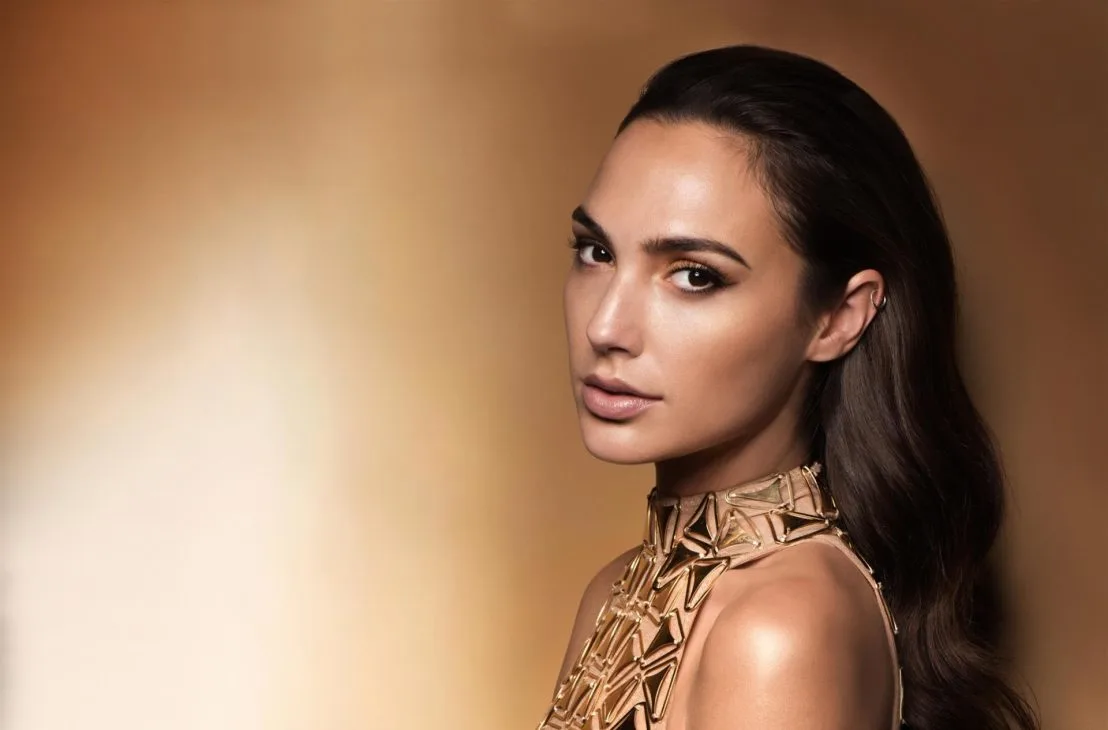
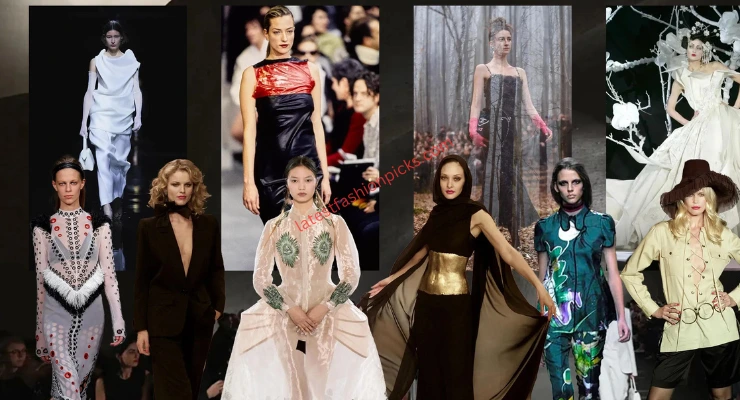
.webp)
